User Research & Experience Architecture Leader
Who I am
Like everyone, I am different things to different people. I think of myself as a work-in-progress, a lifelong learner who still has a lot of questions. I do my best to be a supportive colleague, an engaged member of my professional community, and a good contributor to society.
My big question: what is needed for individuals, organizations, and societies to benefit from information and technology? Finding answers to this question drives me when applying research and design methodologies in the organizations that create the technologies we all use.
I also have a great Moving analogy for almost any situation.
What I do
I am a user researcher and experience architect. I help organizations ask valuable questions, get actionable answers, and make design decisions grounded in data.
Currently I work as a Principal Consultant leading large-scale Information Architecture and User Research projects for diverse clientele from fast scaling start-ups to Fortune 50 companies. My role brings together the day-to-day aspects of a User Researcher, Experience Architect, Product Manager, and Program Manager. I define strategy, workstreams, and overall solution design processes, align stakeholders, and manage client relationships.
Why I do it
Technology has so much to offer society. However, for many reasons its benefits go unrealized, problems become compounded, and experiences offered remain inaccessible. Recognizing the need for improvement has taken me from the Technology and Social Change Group at the University of Washington to leading enterprise information initiatives at Factor, a consulting firm specializing in user research and information architecture. I take inspiration from Mr. Rodgers and his view of television:
“I went into television because I hated it so, and I thought there was some way of using this fabulous instrument to be of nurture to those who would watch and listen” - Fred Rogers
Why research? Chaos in the Brickyard, Bernard K. Forscher’s 1963 essay describes a situation where the production of facts becomes uncoupled from the production of explanations and theories (Forscher, 1963). In 2015, Andrew J. Hoffman wrote that Forscher’s fears have become true – “few social scientists are building an edifice, telling a whole story as it presently exists, and deciding what new pieces of information may be necessary to tell the next chapter of the story.” (Hoffman, 2015). I believe an effective research plan uncovers insights for designers, identifies important areas of study for researchers, supports prioritization for product managers, pinpoints meaningful indicators for data scientists, provides context for decision makers, and more. Research needs can be met more efficiently and impactfully with an edifice, rather than tackling individual questions as they arise.
How I do it
Preparation is key.
My entire secret to success is straight forward: I prepare in advance, work hard, ask questions, change course when it is appropriate, and learn from mistakes. However, I have found that this approach is not always actionable by other people. Answering two questions might be helpful:
- How prepared should a person be?
- Why am I so prepared?
The degree a person prepares for a situation should vary based on the value of a situation. For example, as a teenager I had an afterschool job at a tree nursery where I was paid to move trees and plants, load cars, and do other gardening related tasks. No preparation needed. However I also enjoyed learning about plants and I recognized that salespeople were paid more. My Return on Investment (ROI) included a promotion with a salary increase, as well as the enjoyment of increasing my knowledge base around plants and chatting with customers.
The amount you should prepare depends on how you calculate your ROI and the intangible benefits you value. I am as prepared as I am because happily my work is aligned with my interests and my ROI is split between personal enjoyment and professional rewards. Getting this alignment did not come easily and I benefitted from great mentors. Reach out if you are interested in discussing your career path (mentorship).
Read about my approach to user research and experience architecture here: LINK
Where I do it

|
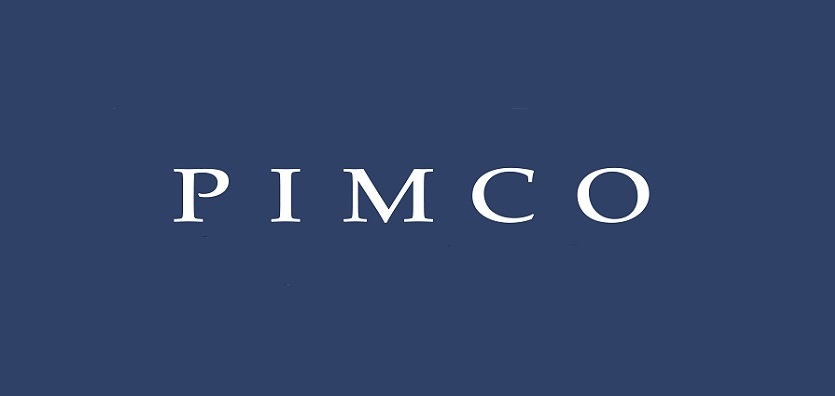
|
|---|---|
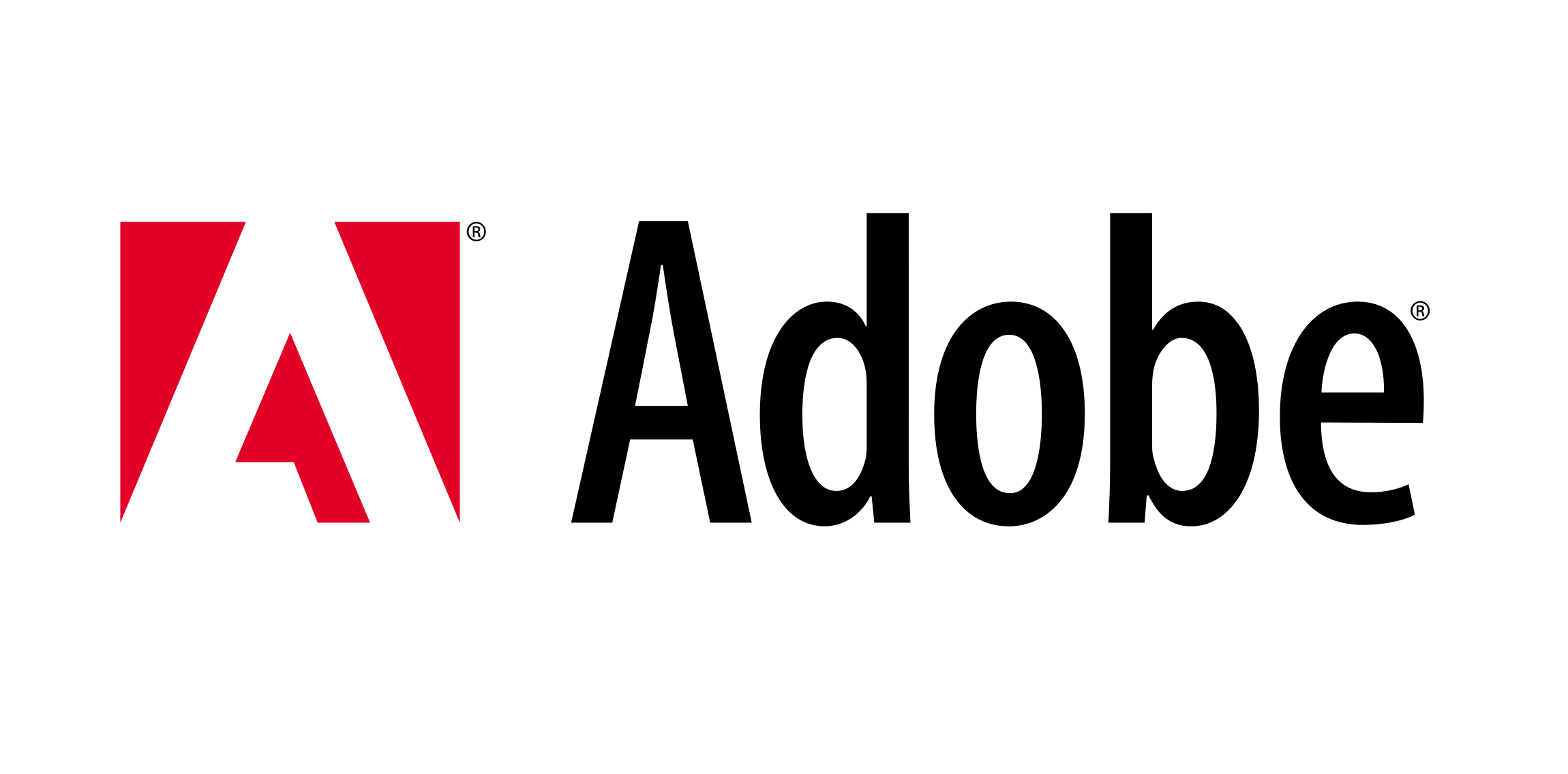
|
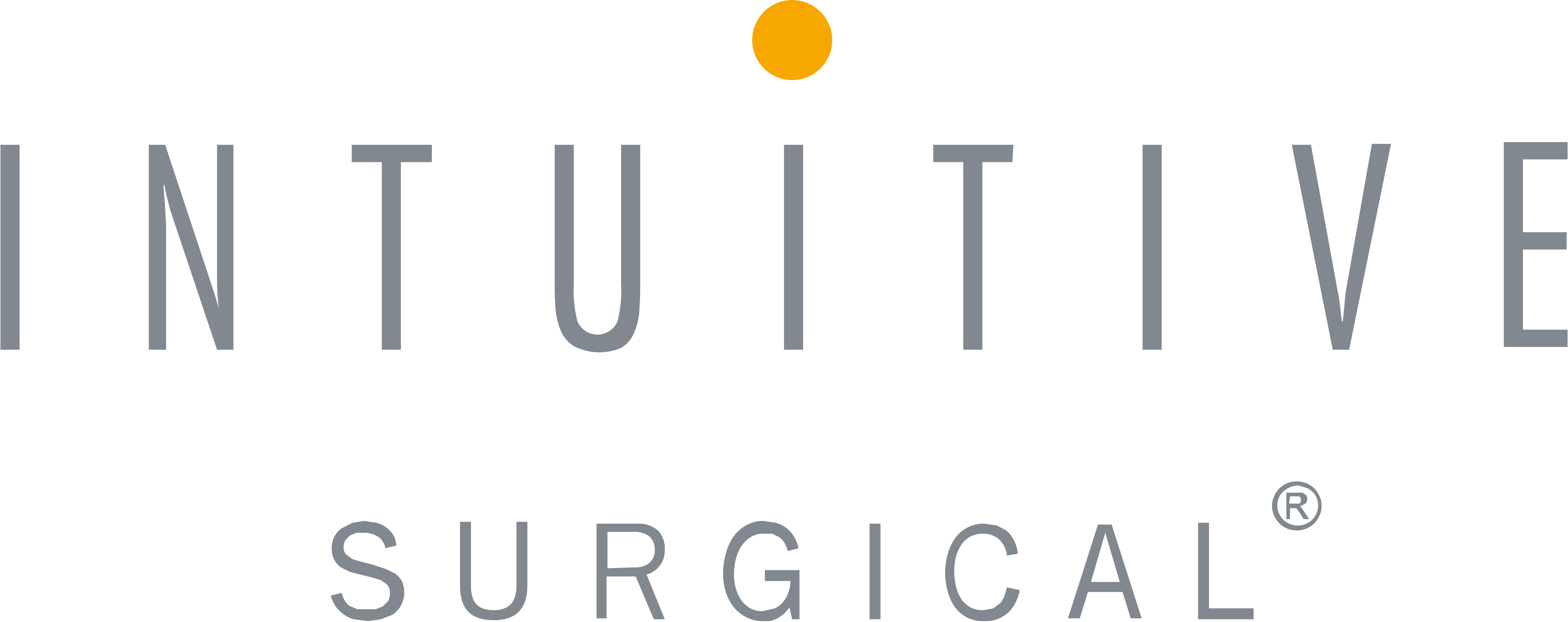
|
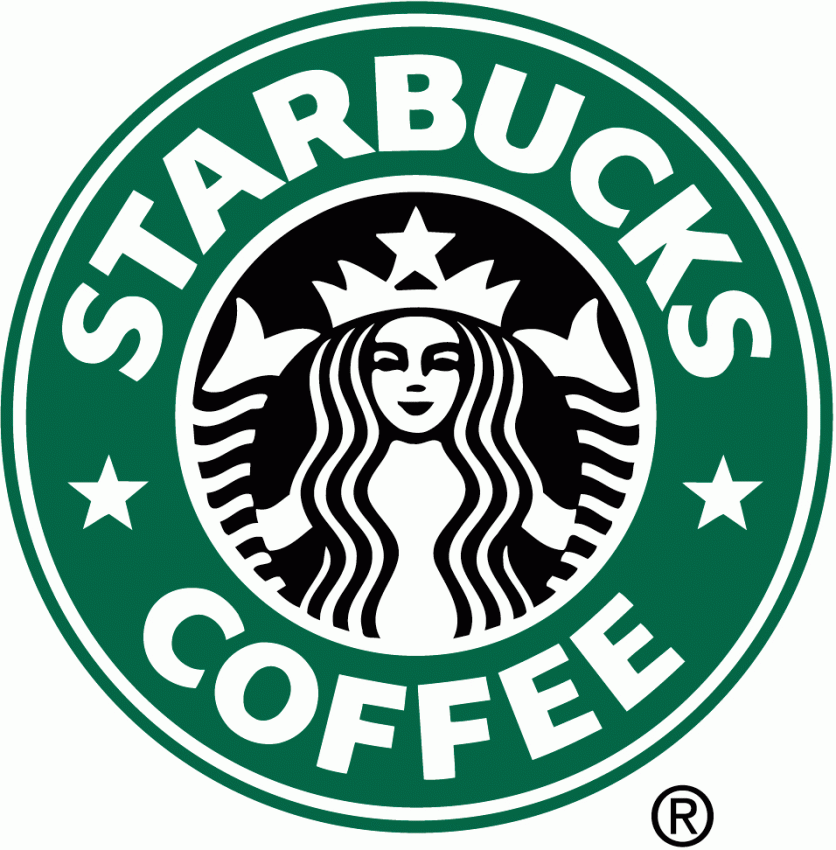
|

|

|
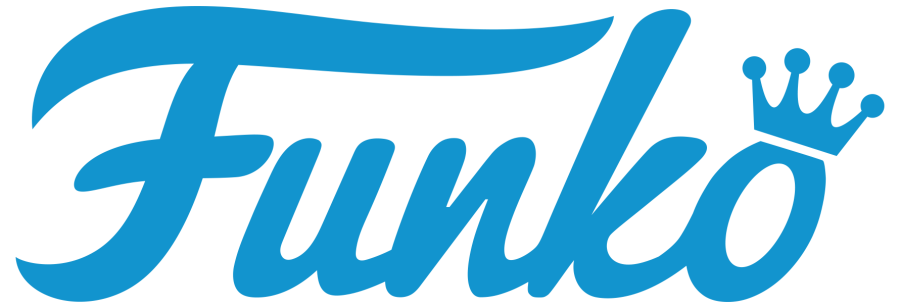
|
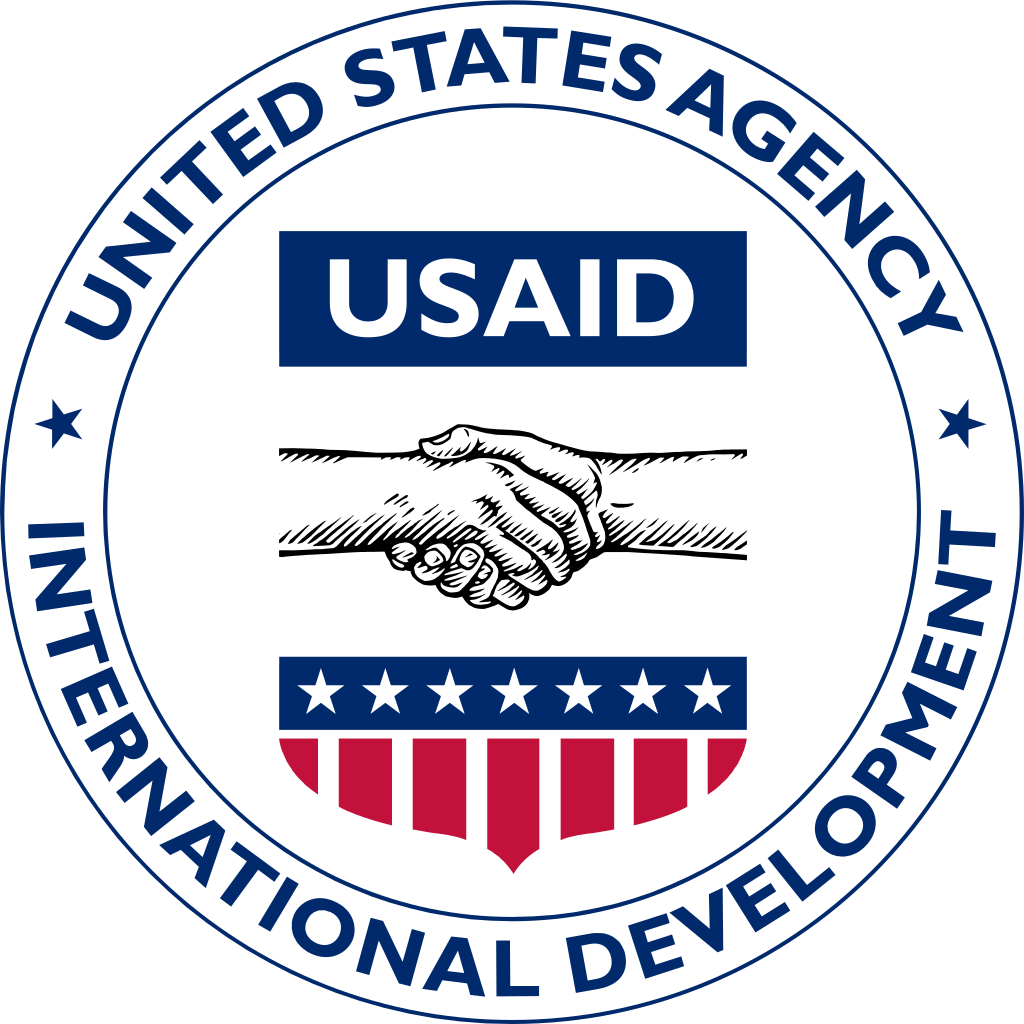
|
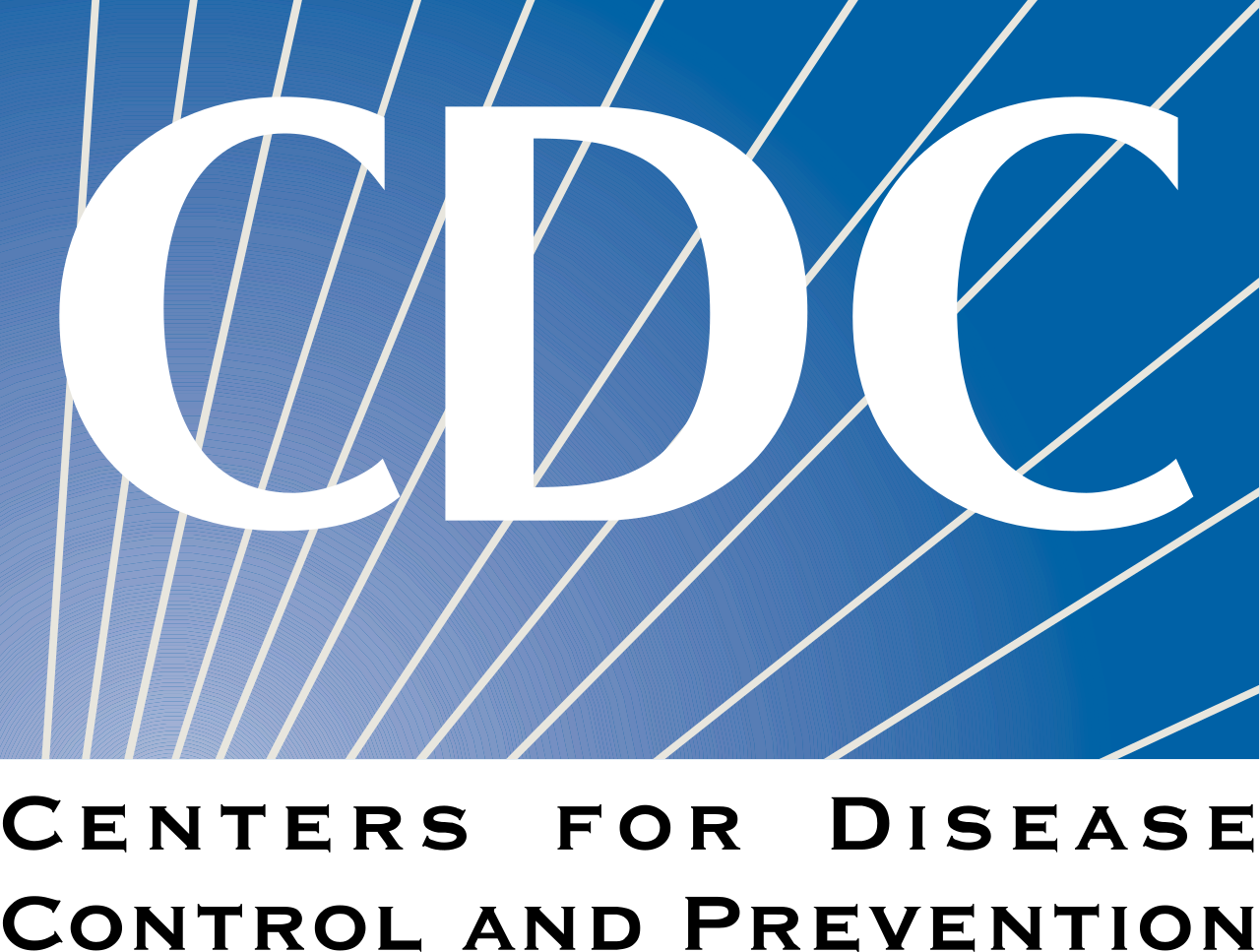
|